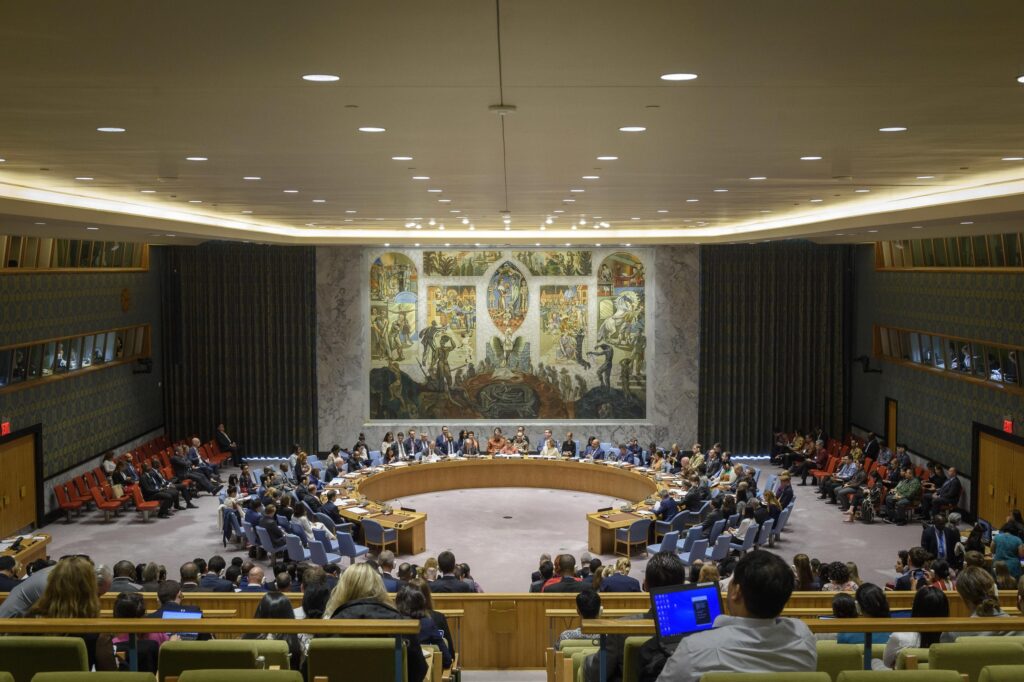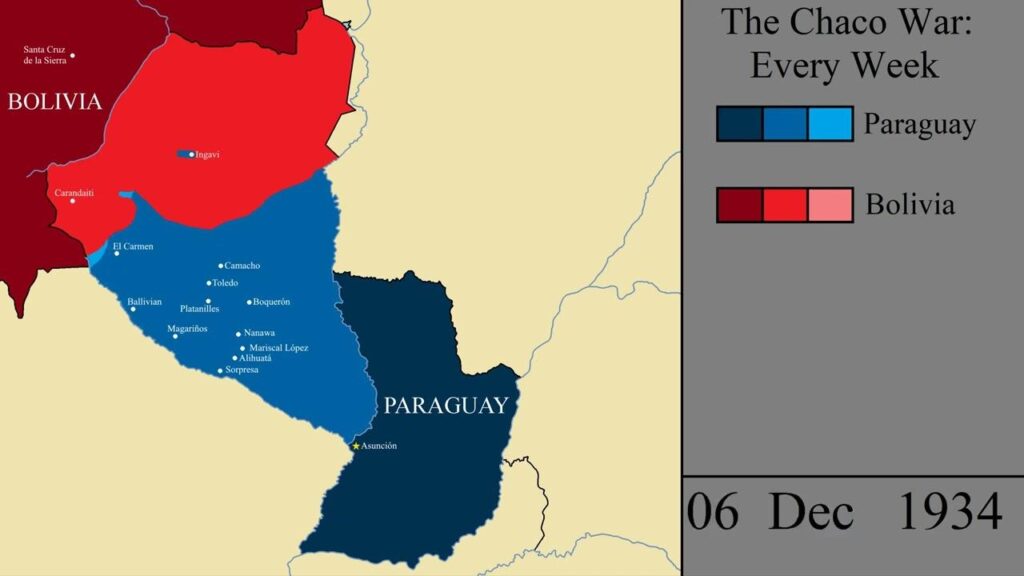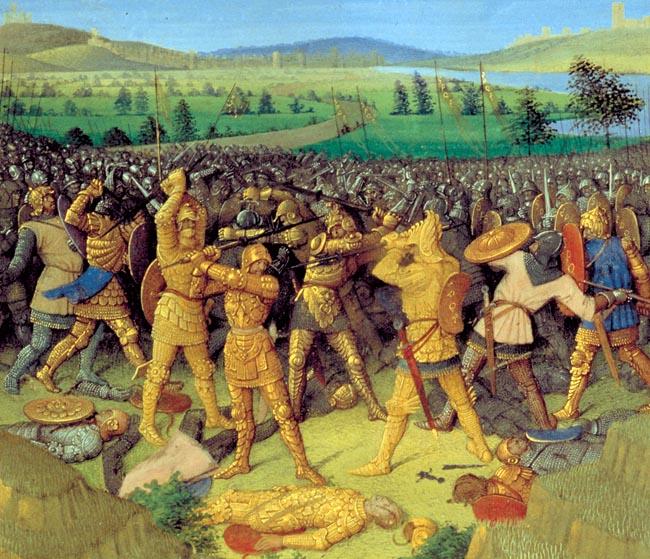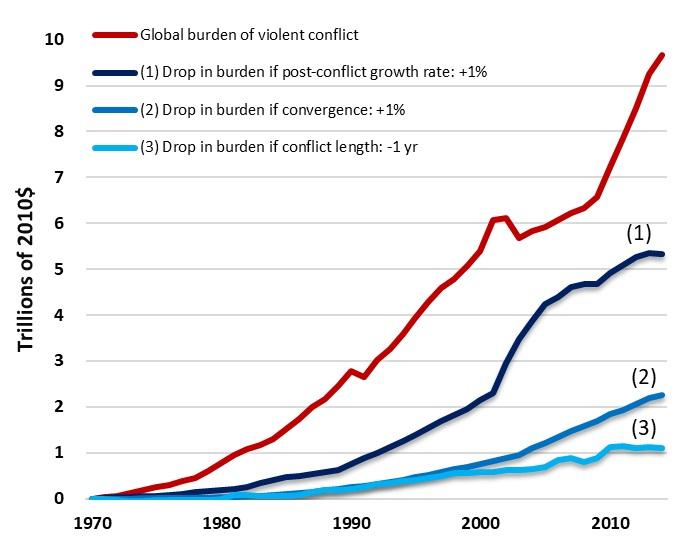The evolution of grenades represents a significant chapter in the history of military technology, reflecting shifts in battlefield tactics and the continuous quest for increasing lethality and tactical versatility. From rudimentary incendiary devices employed in ancient warfare to the sophisticated fragmentation and specialized grenades used in contemporary armed forces, these compact explosive weapons have undergone extensive development. This article presents a detailed examination of the historical progression of grenade design, deployment methodologies, and their strategic implications across various conflicts. Emphasizing technical advancements, manufacturing innovations, and operational use, the discussion aims to provide a comprehensive understanding of how grenades have shaped and continue to influence modern combat dynamics.
Table of Contents
- Origins and Evolution of Grenade Technology Through Military History
- Material Innovations and Design Enhancements Influencing Modern Grenades
- Tactical Applications and Battlefield Effectiveness of Grenades in Contemporary Warfare
- Strategic Considerations and Best Practices for Grenade Deployment in Combat Operations
- Wrapping Up
Origins and Evolution of Grenade Technology Through Military History
From rudimentary incendiary devices in ancient warfare to sophisticated modern explosives, grenade technology has undergone a remarkable transformation shaped by evolving military tactics and technological advancements. Early examples, such as Byzantine “Greek fire” grenades or Chinese ceramic containers filled with gunpowder, highlight initial attempts to harness explosive force in compact forms. By the late Middle Ages and early Renaissance, the introduction of hollow iron spheres packed with gunpowder marked the genesis of the hand-thrown explosive. These primitive but effective weapons introduced the concept of localized area damage in close-quarters combat, revolutionizing siege warfare and infantry tactics.
The industrial era accelerated grenade innovation with the development of standardized fuses and more reliable detonation mechanisms. Key milestones include:
- The Mills Bomb—a breakthrough early 20th-century design featuring a segmented cast-iron body to maximize fragmentation.
- The Stielhandgranate—employed by German forces in World War I and II, emphasizing aerodynamic design for increased throwing distance.
- Modern multiplexed systems integrating electronic detonators and programmable fuses, allowing precise timing and tactical versatility.
Ongoing innovations not only enhance lethality and reliability but also adapt grenades for specific roles such as smoke screening, signaling, and non-lethal crowd control, reflecting their indispensable role in contemporary combined arms operations.
Material Innovations and Design Enhancements Influencing Modern Grenades
Recent advancements in materials science have significantly transformed grenade construction, emphasizing both durability and operational efficiency. Modern grenades commonly incorporate lightweight composites such as carbon fiber-reinforced polymers, which reduce overall weight without compromising structural integrity. This enables soldiers to carry greater quantities while maintaining mobility on the battlefield. Additionally, the integration of advanced alloys and heat-resistant coatings enhances the grenade’s ability to withstand extreme environmental conditions, ensuring reliability during intense combat scenarios.
Design improvements also focus on maximizing tactical versatility and safety. Features like modular charge systems and programmable fuzes allow for customizable detonation timings and blast effects, adapting to diverse mission requirements. The adoption of ergonomic design principles has refined grenade shapes and grip textures, improving handling under stress. Key innovations include:
- Fragmentation pattern optimization to increase lethality and control the blast radius
- Enhanced safety mechanisms minimizing accidental detonations during transport
- Smart technology integration for remote activation and detonation monitoring
Tactical Applications and Battlefield Effectiveness of Grenades in Contemporary Warfare
Modern combat scenarios highlight the indispensable role of grenades as versatile force multipliers. Their compact design enables rapid deployment in confined spaces such as urban environments, trenches, and bunkers, where traditional firearms may be less effective. Tactical usage often involves breaching enemy fortifications, creating psychological disruption through shock effect, and providing suppressive fire during squad maneuvers. Moreover, the integration of specialized grenade types—such as fragmentation, smoke, and flashbang variants—allows forces to adapt to diverse mission requirements with precision and agility.
Effectiveness on the battlefield is further amplified by advancements in delivery mechanisms and grenade launcher attachments, increasing range and targeting accuracy. Commanders now prioritize coordinated grenade use to shape the engagement space, channel enemy movement, and minimize friendly casualties. Key tactical considerations include:
- Timing and synchronization: Ensuring grenades support synchronized offensive or defensive operations without premature detonation.
- Environmental awareness: Utilizing terrain and structures to maximize blast impact and conceal throwers.
- Integration with combined arms: Pairing grenades with infantry, artillery, and air support to create layered offensive effects.
Strategic Considerations and Best Practices for Grenade Deployment in Combat Operations
Effective use of grenades requires meticulous tactical planning to minimize risks to friendly forces while maximizing target neutralization. Commanders should evaluate the operational environment to determine optimal deployment methods, considering factors such as enemy positioning, terrain, and available cover. Key elements include:
- Range and Blast Radius Awareness: Understanding safe distances and expected fragmentation patterns reduces the likelihood of collateral damage.
- Timing and Coordination: Integrating grenade use with squad maneuvers and suppressive fire enhances overall combat effectiveness.
- Type Selection: Choosing between offensive, defensive, or specialized grenades based on mission objectives ensures operational efficiency.
Best practices mandate rigorous training in grenade handling, including proper arming and throwing techniques to ensure reliability under stress. Additionally, environmental conditions such as wind, visibility, and confined spaces must be factored into deployment decisions to avoid unintended consequences. Embedding grenade use within comprehensive combat doctrines fosters discipline and improves mission success rates, highlighting their strategic value beyond mere explosive capability.
Wrapping Up
In conclusion, the evolution of grenades from rudimentary incendiary devices to sophisticated explosive weapons underscores their enduring significance in modern warfare. The continuous advancements in grenade design, delivery mechanisms, and tactical integration have not only enhanced their lethality but also expanded their strategic utility across various combat scenarios. Understanding the historical trajectory and operational impact of grenades provides critical insights into their role in shaping battlefield dynamics and informs future developments in infantry armaments. As military technology progresses, the grenade will undoubtedly remain a pivotal component of tactical arsenals, necessitating ongoing analysis and innovation to maintain its effectiveness within contemporary and future engagements.












